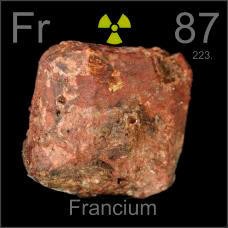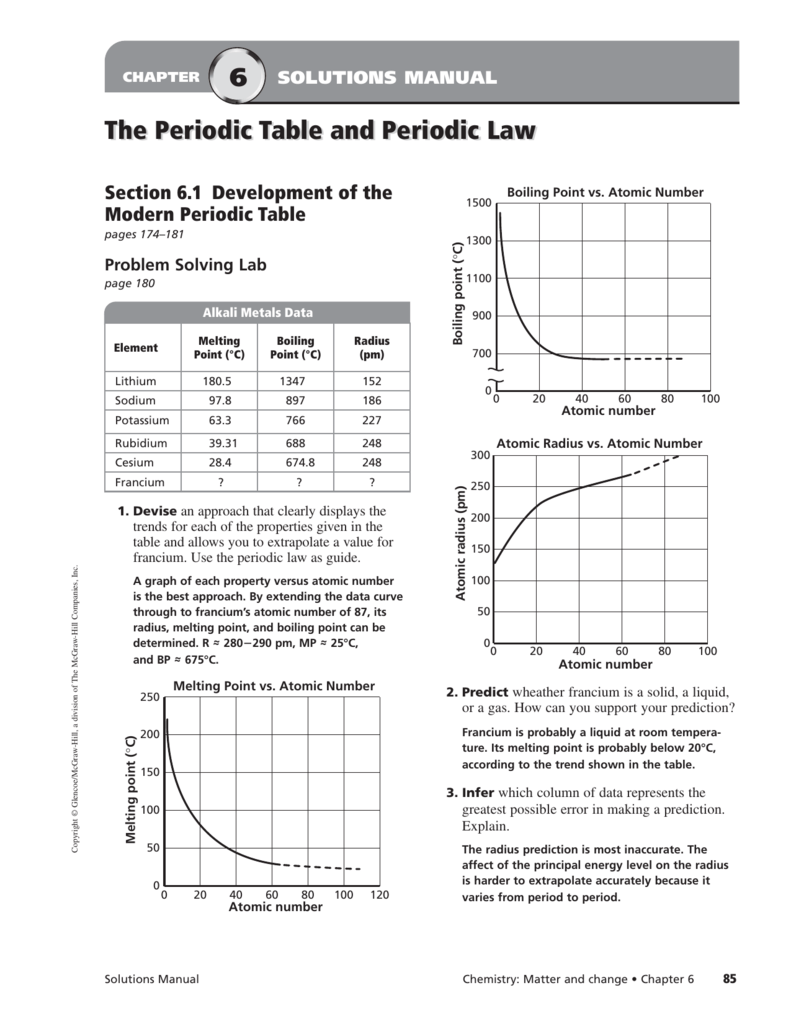Francium belongs to alkali group of the periodic table so its physical properties are similar with alkali group elements.
What state would francium be at room temperature.
Francium is the shiny metal in its pure state and exist in liquid form at room temperature rather than a solid.
Its melting point is about 27 o c and its boiling point is 677 o c but both have uncertainty due to high.
It s expected the element would be a shiny metal in its pure state like the other alkali metals and that it would readily oxidize in air and react very vigorously with water.
It is the second most electropositive element behind only caesium and is the second.
The temperature at which the liquid gas phase change occurs.
Prior to its discovery it was referred to as eka caesium it is extremely radioactive.
It decays into radium 223 through beta decay or into astatine 219 through alpha decay.
It is possible that francium may be a liquid rather than a solid at room temperature and pressure.
Density g cm 3 density is the mass of a substance that would fill 1 cm 3 at room temperature.
Find color of francium fr at room temperature or find color of different elements like aluminum barium boron brass bromine bronze cadmium calcium carbon.
Due to the small amounts produced and its short half life there are currently no uses for francium outside of basic scientific research.
Francium is a solid at room temperature.
Francium is a chemical element with the symbol fr and atomic number 87.
Francium is most likely a solid at room temperature but this cannot be known for certain as it is impossible to gather enough francium in one place to test its physical and chemical properties.
It is considered to be a solid at room temperature 20oc although francium has a very short half life 22 miuntes so the heat and energy given off by its decay may mean it is technically a.
Its most stable isotope francium 223 originally called actinium k after the natural decay chain it appears in has a half life of only 22 minutes.
Sublimation the transition of a substance directly from the solid to the gas phase without passing through a liquid phase.










